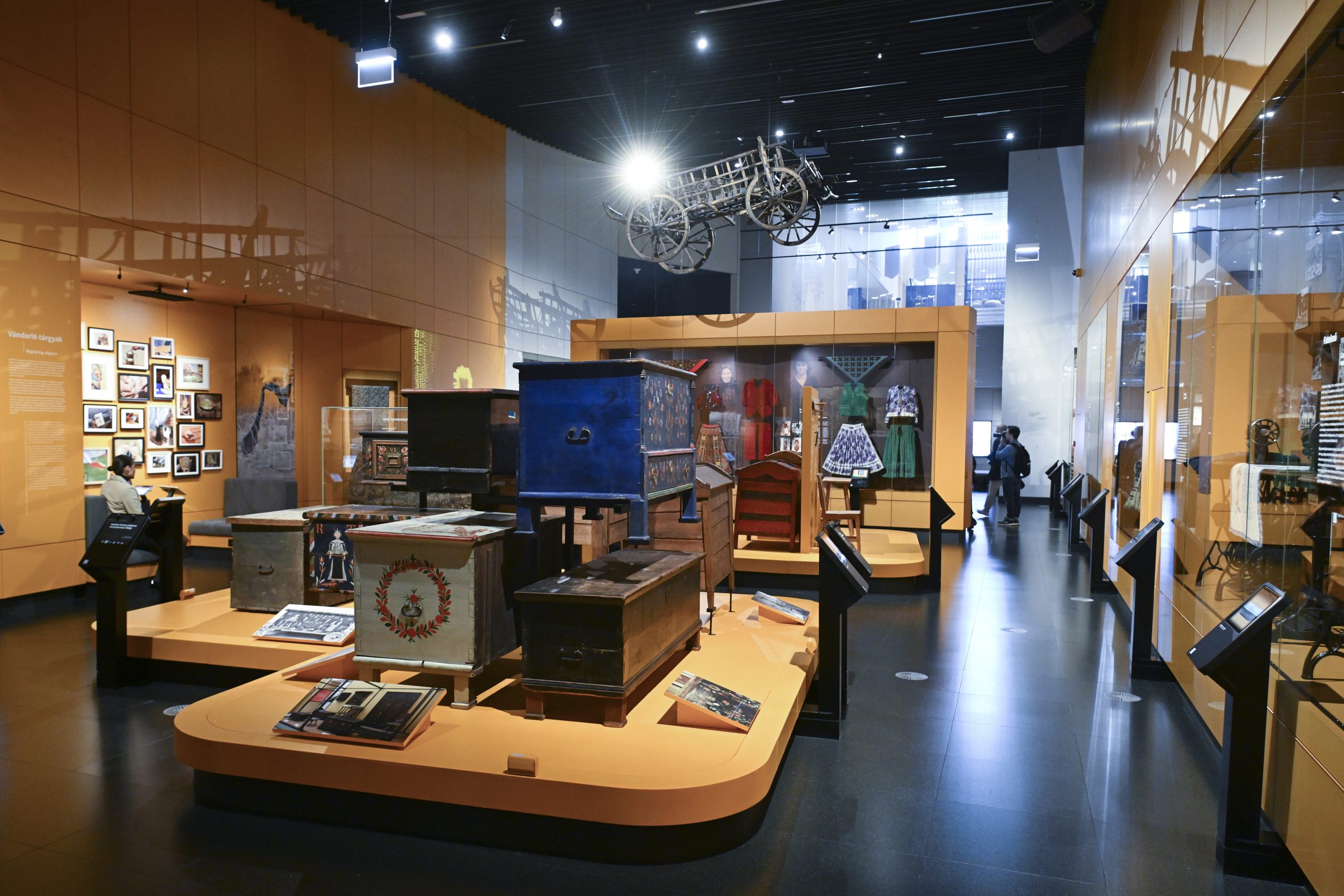
"Hungarian culture, including material culture, is the archimedean point of Hungarian life and the Hungarian future."Continue reading

The temporary exhibition “Székelys – Patterns of Heritage” has opened in the Museum of Ethnography in Budapest. In his speech at the opening event, President Tamás Sulyok emphasized that “we admire the Szekler communities because they are an example of solidarity and value preservation.”
The President stressed that the Museum of Ethnography, together with other Hungarian and foreign institutions, is a mosaic of Hungarian and Carpathian Basin community life, which is “the basis of our common culture and value system.”
The Museum of Ethnography and the other collections throughout the Carpathian Basin can tell the story of every Hungarian,”
Tamás Sulyok noted, stressing that everything here is “our history,” and this exhibition is a chapter of that common story. The President pointed out that the presentation of the preserved memories of the treasures and traditions handed down from generation to generation “strengthen our identity.”
Sulyok said that there are Hungarian communities in which the way of life linked to the objects, folk art features and customs on display is still alive, and some communities of Szeklers can be described as such.
The Szekler people are surrounded by many legends, they are steadfast in their perseverance and in preserving their values and identity; the Szekler people are a living part of the universal Hungarian nation,
retaining its characteristics, but changing, developing and shaping itself just like any other part of our nation,” the Head of State stressed.
Lajos Kemecsi, director general of the museum, said that the exhibition is based on a modern museum approach, as it emphasizes the arrangement of objects into groups and systems, and the presentation of changes and transformations.
The exhibition emphasizes the multiple layers of Szekler culture, demonstrating its ability to change and its vitality,”
he pointed out.
The exhibition, on display until August 31, 2025, presents the past and present of Szeklerland through over 300 objects, never before exhibited in Hungary, preserved by museums of Szeklerland.
Visitors can see a Fordson tractor, an 18th century grain storage vessel carved from a single tree trunk, a Szekler gate in the making from Szörcse (Surcea, present-day Romania), six to eight meter long ridge beams, a wine wagon, and the 1622 bell of the Reformed Church of Szörcse. In addition to farming traditions, the exhibition introduces its visitors to the regional specialties of gastronomy, local practices of religion and piety, crafts, and cottage industry.
Via MTI, Featured image: Facebook/Néprajzi Múzeum